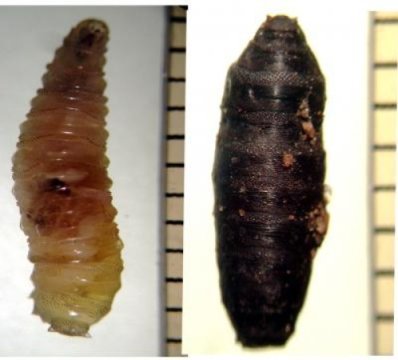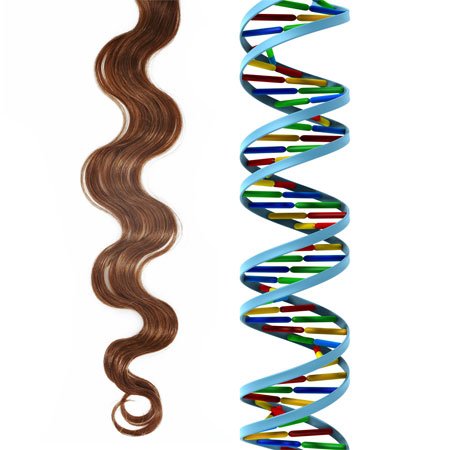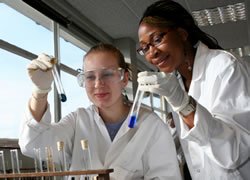Forensic Pathology is the branch of pathology which practices and studies the determining cause of death through methods of examining the corpse, in interest to the public and the courts; it can be viewed as the application of general pathology in a legal context.
There are two distinct branches of forensic pathology:
- Anatomic Pathology. It is a medical specialty which deals with the morphologic evaluation of tissues removed from living or dead individuals by use of gross, microscopic, chemical, immunologic and molecular examination. Anatomic Pathology, itself has three distinct areas: autopsy pathology, surgical pathology, and cytopathology. Typically speaking, a forensic pathologist will be concerned almost exclusively with performing autopsies. On the other hand, general pathologists will mostly practice surgical pathology and cytopathology, in which specimens removed from living patients are examined. In short: it deals with structural alterations of the human body.
- Clinical Pathology. A forensic pathologist working in this particular field will be responsible for quantitative and qualitative analysis and interpretation of patient specimens, including tissue, blood, urine, and other body fluids by laboratory means. The main subcategories of clinical pathology are chemistry, hematology, microbiology, blood banking, toxicology, and immunology. In short: it deals deals with laboratory examination of samples removed from the body.
A forensic pathologist ultimately determines the cause of death for people who have died unexpectedly, suddenly, or by violent means. In some parts of the world it is a basic requirement for any individual who has died unexpectedly to have an autopsy performed on them in order to prove definitely the cause of death and rule out the chance of foul play.
Human remains are treated as a separate and unique type of forensic evidence. As such, the forensic pathologist is charged to examine the human remains (post-mortem examination) and consider death scene findings. There are various instances that can occur during field work; during the examination the forensic pathologist might recover critical clues as to the manner and means of death, ranging from highly evident, like bullet wounds, to less conclusive like a wound pattern that can be matched to a weapon.
The corner stone of forensic pathology is, like stated above, the determining the cause of death. Working in the field, a specialist will either come across death succumbed from natural causes or, as most frequently encountered in the practice of forensic pathology, by trauma. The basic terminology for describing traumas in forensic pathology are:
- Laceration is a tearing injury due to friction or impact with a blunt object.
- Incised wound is a cutting injury due to slicing action of a blade-like object.
- Puncture is a penetrating injury due to pointed object without a blade.
- Abrasion is a friction injury removing superficial layers of skin.
- Contusion is a bruise due to rupture or penetration of small-caliber blood vessel walls.
- Gunshot wounds represent a special form of trauma, very much encountered with particular interest to forensic pathologist, as it represents a clear sign of manslaughter. By analyzing gunshot wounds, one can determine many parameters like the type of firearm used , firing distance, whether the trauma is an entry or exit wound, and the track of the projectile through the body. Wounds may be classified by distance as follows:
- Contact wound: Muzzle of gun was applied to skin at time of shooting.
- Close range (6 – 8 inches): The entrance wound is surrounded by fouling, due to gun powder particles which get stuck to the skin or cloths of the victim from the proximity.
- Intermediate range ( 6 – 8 inches to 1.5 – 3.5 feet): Hot fragments of burning gunpowder follow the bullet to the victim and produce stippling by causing pinpoint burns around the entrance wound.
- Distant (greater than 1.5 – 3.5 feet): There aren’t clear signs like in the previous distance classifications from above, like gunpowder and such, however by examining the entrance and exit wounds, a forensic pathologists can accurately determine the firing range using common means from his practice.
Become a Forensic Pathologist
If you’re looking to become a forensic pathologist, there are a number of requirements that you need to meet, and once in practice you’ll have to deal with a myriad of murder cases all the time. Some don’t have the stomach for it, but for the few willing enough to take the plunge and become a forensic pathologist, the sacrifice will be worth it.
In respect of inquiries into suspicious, sudden or unexpected deaths, forensic pathologists will often work in conjunction with the appointed medical/legal representative of the area in which the investigation is taking place, typically a coroner or medical examiner.
If this very demanding field of practice, yet filled with rewards to measure, is appealing to you then you might find it useful to study our list of forensic pathology schools.


